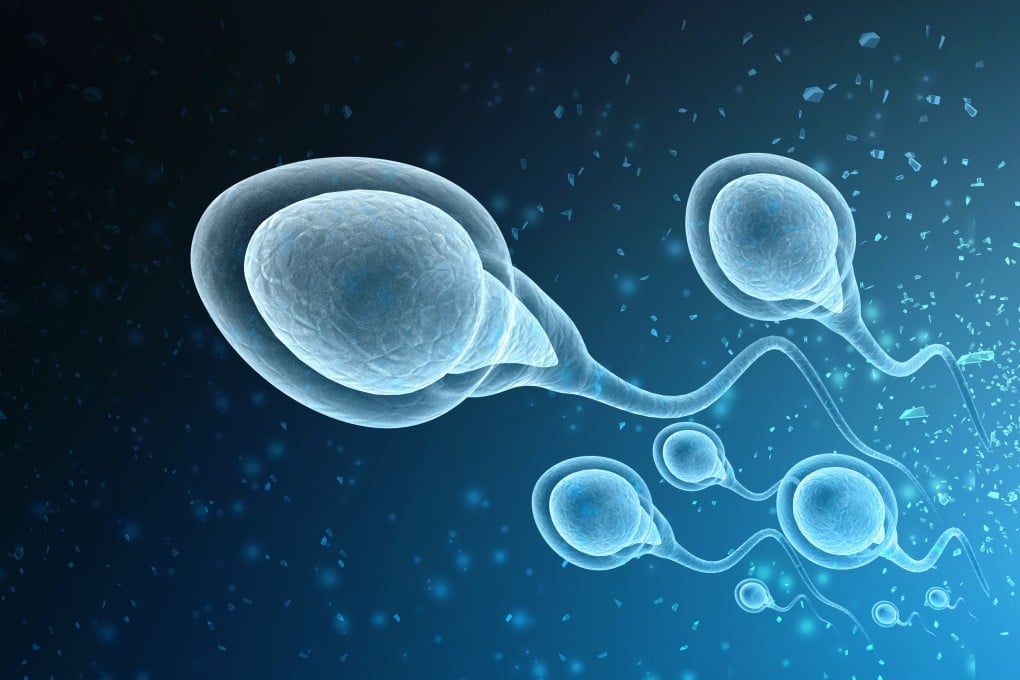Could 6G radiation exposure under US safety limits damage male fertility?
Low levels of terahertz waves – a key part of future 6G communications – produced harmful effects in mice testicles, Chinese military research shows

The radiation emitted by the world’s next generation of wireless communications could potentially harm male reproductive organs in levels lower than maximum exposure allowed in some countries, including the United States, according to a study by Chinese military scientists.
“Overall, the threshold for terahertz radiation to cause damage to testicular tissue likely falls between 115 and 318 microwatts per sq cm (0.1550 square inches),” researchers with the Army Medical University’s department of military preventive medicine said in a peer-reviewed paper published last month in an academic journal run by the university.
The value exceeds the safety standard set for China’s base stations, which is 40 microwatts per sq cm at a distance of 1 metre (39 inches).
But other countries have varying tolerances for electromagnetic radiation. For instance, Japan allows up to 600 microwatts per sq cm, while the US and some European countries only permit 450 microwatts per sq cm.
Previous studies have suggested that terahertz radiation can negatively affect cells in vitro, raising concerns about the potential impact on human health. But research involving live animals is scarce because of technical challenges.
